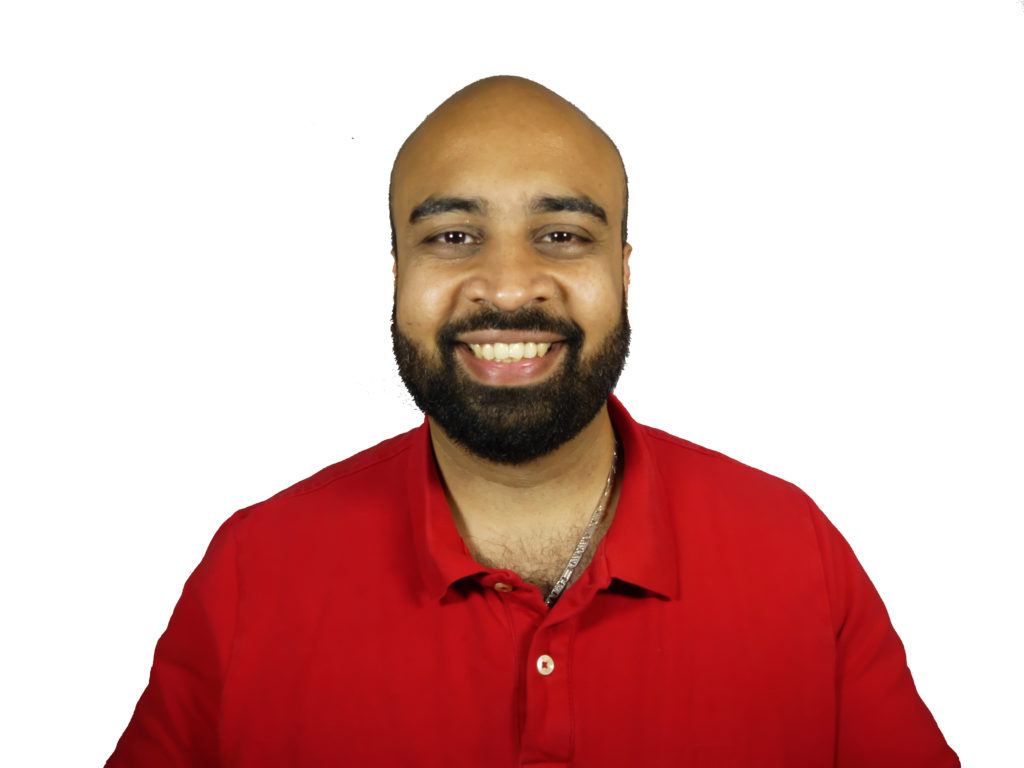
Garrett Seepersad (MSc ’12, PhD ’18), now a research associate at York, hails from Trinidad and Tobago and recalls that his parents always wanted to relocate to Canada. While they stayed in their native country, Garrett still retained a desire to emigrate. After completing his undergraduate degree in Geomatics Engineering at the University of The West Indies (UWI), he left to settle in Toronto, still not quite clear about what he wanted to do with his life.
He enrolled as a master’s student at the Lassonde School of Engineering studying earth and space science, and Dr. Sunil Bisnath, professor of geomatics engineering and graduate program director, quickly became a mentor. Garrett still recalls the day he was accepted into the Bisnath lab, where he remained for both his master’s and PhD degree. Dr. Bisnath encouraged Garrett to take advantage of internships and work experience both in the Netherlands and with Canada’s federal government, benefits not always available to graduate students. He also had opportunities to give lectures to York’s undergraduate students and found a thrill in communicating challenging concepts to students and seeing the “aha moment” expressed on their faces when they understood.
Midway through his PhD, Garrett took an internship in Ottawa working on techniques to improve the Global Navigation Satellite System (GNSS) accuracy for land surveying applications. Following this, he didn’t immediately return to campus. In fact, during this critical thesis-writing juncture, he was persuaded by a friend to submit his resume for a job at Switzerland’s u-blox, GNSS chip manufacturing company. Shortly thereafter, Garrett found himself moving to yet another new country, working full-time and writing a thesis.
After completing his PhD remotely and three years of working in Switzerland, Garrett returned to York to work on a project funded by an information and communications technology company, to create a highly accurate positing technique on cell phones for personal vehicle navigation. While Garrett admits that the technology could be applicable for autonomous vehicles, the first application is “lane-accurate positioning” where the vehicle can reliably determine which lane you are driving in and tell you when to safely switch lanes.
During his time in the industry, Garrett says he missed working with York students as they challenge the constraints typically faced by industry and this allows for more creativity. “We may not always do the things we are dreaming about, but it leads to creativity where we get to explore new realities and future trends,” he says.
In addition to his York role, Garrett does volunteer consulting for NaviBlind, a company in Denmark that builds technology assisting those with a vision disability when navigating the streets alone. The technology is inserted under a hat and connects to a cell phone to provide safe directions. This dramatically reduces the training time typically necessary for blind people to be able to navigate independently. He says, “It’s really interesting how we can change everyday life by making higher accuracy GNSS more accessible and affordable.”
Over his short career, Garrett already has experience in the trifecta of government, industry, and academia. However, when asked about what’s next, he admits, “I’ve always had entrepreneurial dreams and a passion for taking a product concept and turning it into a reality,” he says. “I see many opportunities within the GNSS industry.”
